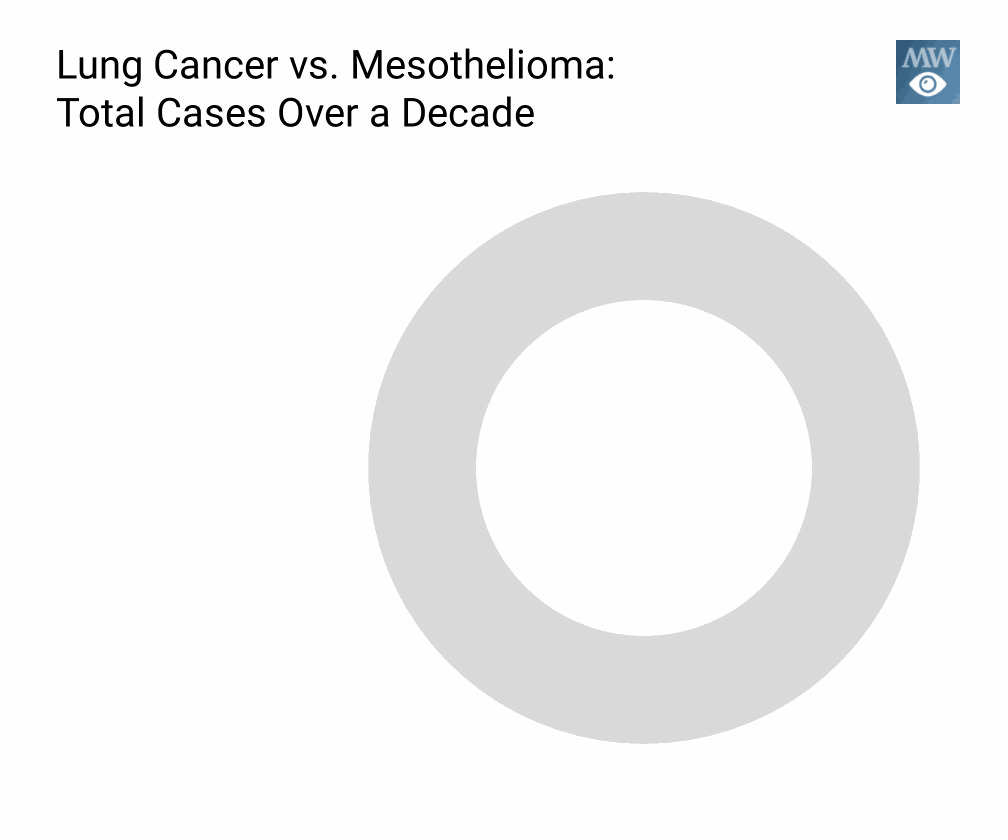This new rule on asbestos reporting follows a settlement reached by a coalition of 11 state attorneys general in the U.S.
Under the Biden administration, the Environmental Protection Agency (EPA) has agreed to impose stricter data collection from chemical importers and companies for asbestos, eliminating the reporting loophole on this long-known toxic carcinogen.
The new rule on asbestos reporting resulted from the settlement reached by a coalition of 11 state attorneys general, affirming the December 2020 ruling of the US District Court for the Northern District of California favoring the coalition and mandating EPA to impose data reporting from chemical companies.
The settlement directs the EPA to initiate its rulemaking under the Toxic Substances Control Act (TSCA) guidelines and address stricter rulings for asbestos to address the deficiencies in the data-gathering processes that were identified by a California court six months ago.
This would eliminate the exemptions enjoyed by manufacturers using asbestos as one of their product components since EPA’s Chemical Data Reporting used to settle only with voluntary data reporting from importers and manufacturers.
This move ended in what appears to be a pro-asbestos policy of the EPA under the Trump administration, as they even challenged the California court ruling saying the agency does not need additional data from asbestos importers to evaluate risk.
“It is thus extremely important that members of the public are fully aware of all possible exposures they may have to this deadly substance’, Michael Ellen Becker, Co-Director of the Massachusetts Toxics Use Reduction Institute, said following the settlement.
Why asbestos needs strict regulation
Asbestos is a naturally occurring mineral composed of soft and flexible fibers that are resistant to heat, electricity, and corrosion. These features make it useful as an insulator and can strengthen cloth, paper, cement, plastic, and other materials when added as components.

Studies have found that asbestos exposure could cause deadly diseases, which include: lung cancer; mesothelioma, a rare form of cancer that is found in the thin lining of the lung, chest, and abdomen; and heart asbestosis, a serious progressive, long-term, non-cancer disease of the lungs.
These diseases are the reason for the more than 9,000 deaths of Americans every year. Despite this, asbestos is still widely used in the United States.
A 2018 study on the impact of asbestos on public health conducted in Italy showed a significant relationship between the cause of death (mesothelioma, lung cancer, or asbestosis) and the kind of exposure (occupational, neighborhood, or household).
The retrospective study, which analyzed the causes of death of the 188 subjects using forensic autopsy shows that mesothelioma caused the death of all the subjects not exposed occupationally (and, therefore, exposed to lower amounts of asbestos), whereas the individuals who used to work at the plant died also from other caused (asbestosis, lung cancer).
Asbestos has somehow found ways to evade restrictions. Despite decades of worldwide calls for its ban, it has remained a threat to American public health
Measures, however, have been created to mitigate asbestos exposure.
In 1989, EPA issued a partial ban on the manufacture, import, processing, and distribution of some asbestos-containing products. It also banned new uses of asbestos, preventing the entry of new asbestos products into the marketplace.
In 2019, the Restrictions on Discontinued Uses of Asbestos Rule was put in place to guarantee that asbestos products that are no longer on the market cannot return to commerce without EPA evaluation and appropriate restrictions or prohibitions.



